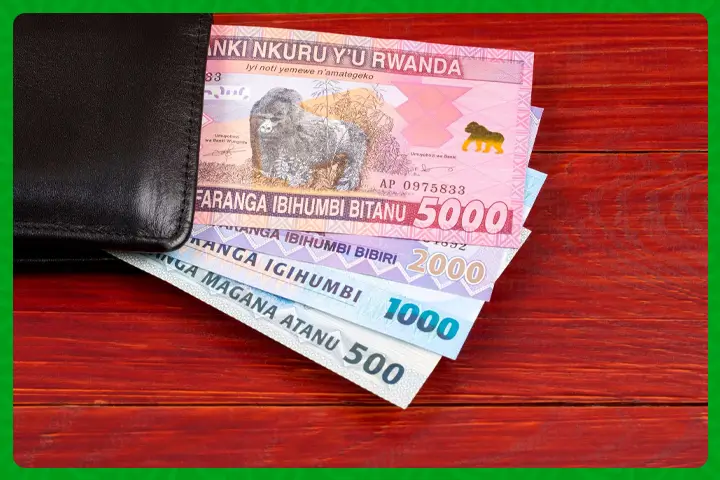
Rwanda’s economy is on an upward trajectory, but the impact on the average citizen’s wallet is a different tale altogether. In the first half of 2023, the National Bank of Rwanda (NBR) reported a robust economic growth of 7.7 percent. However, beneath the surface, Rwandans have been grappling with soaring consumer prices since 2022, leaving them pondering the disparity between economic growth and personal finances.
The Economy’s Ascent
Rwanda’s economic growth, measured by Gross Domestic Product (GDP), reflects the total market value of goods and services produced within the country over a specific timeframe. It serves as a scorecard for the nation’s economic well-being, considering factors like agriculture, manufacturing, infrastructure, services, imports, and exports.
The Human Impact
But here’s where the story takes a twist. Economic development, the human facet of growth, measures how these economic gains translate into improved lives. It gauges poverty reduction, enhanced healthcare, lower mortality rates, and improved access to education, among other vital indicators.
In daily life, it’s often challenging to perceive economic development, especially when the rapid escalation of consumer prices hits the market. These price hikes, termed inflation, represent the rate at which commodity prices surge over a defined period. Ideally, inflation should hover between two percent to eight percent, with a central bank benchmark of five percent.
Understanding Inflation
Professor Kasai Ndahiriwe, Director of the Monetary Policy Department at NBR, explains that in normal circumstances, consumer prices should inch upward year by year. This gentle increase mirrors economic growth but doesn’t burden consumers. For example, if a commodity costs Rwf100, a healthy inflation rate of five percent would nudge it up to Rwf105 in a year.
Why Inflation Isn’t All Bad
Surprisingly, wishing inflation away entirely may not be a wise move. Ndahiriwe points out that if consumer prices decreased instead of gradually rising, it would discourage investments at all levels. Smallholder farmers, for instance, might hesitate to invest if they anticipate diminishing returns on their produce. This scenario spells trouble for the entire economy, causing stagnation along the value chain across sectors.
The Road Ahead
As the central bank anticipates consumer prices to stabilize, Governor John Rwangombwa foresees an average increase of 7.6 percent by year-end and around five percent in 2024. However, risks linger, with geopolitical tensions, repercussions of the Russia-Ukraine conflict, and climate change posing significant challenges.
Once inflation returns to the target range, Ndahiriwe expects some prices, particularly food and fuel, to ease. Others will stabilize at their new levels, like rent and salary increments. As Rwanda, like the rest of the world, navigates post-pandemic recovery and addresses climate change, the economy surges forward, albeit with the pocketbooks of its citizens telling a unique story.
Rwanda’s economic narrative is one of growth and resilience. However, as citizens wrestle with price hikes, it underscores the complex relationship between economic indicators and everyday lives. The path to economic recovery is a journey with highs and lows, and as the nation deals with global challenges, both the economy and its people continue to evolve.
Stay updated with the latest farming tips and agriculture industry news from Africa by subscribing to our newsletter. Don’t miss out on valuable insights and updates. Follow us on Twitter, LinkedIn, and Facebook to join our farming community and stay connected with us.



















